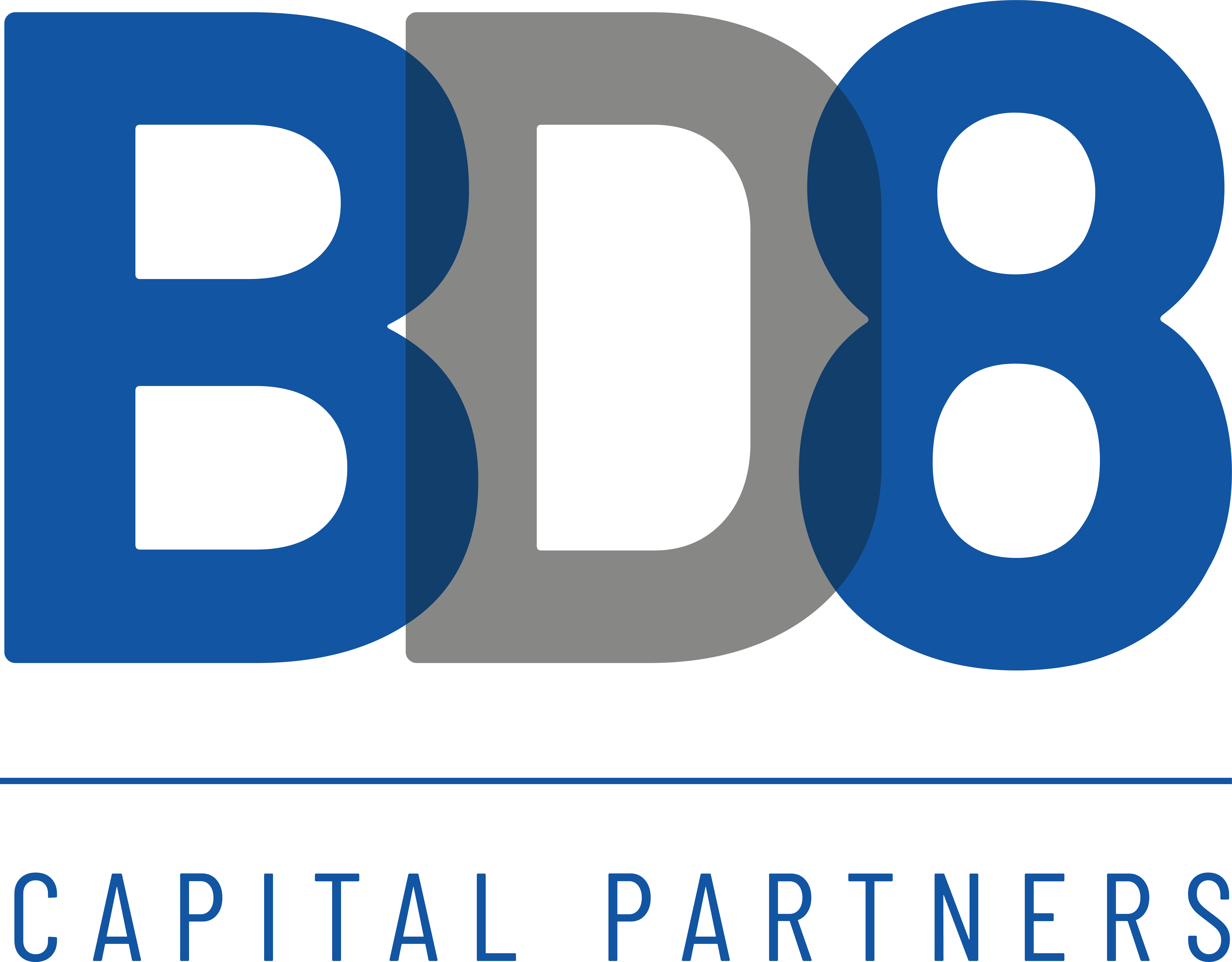A seasonally weak month, September pulled the S&P 500 and Nasdaq down -3.22% and -3.94% respectively for the third quarter, but these two important market indices ended Q3 with the S&P 500 up +13.07% and Nasdaq +27.11%[i] from the start of the year.
A correction of greater than 10% occurs on average every few years[ii] and often sooner. After such an unrelenting runup from the beginning of the year when consensus views predicted recession and poor stock performance, a pause to consolidate gains was not unexpected though duration and depth is always an unknown, keeping investors on edge.
The Fed and its efforts to combat inflation are still the main story, not geopolitical events, not threats of a government shutdown, nor the many other negative possibilities readily called to mind (student loan repayments, strong dollar, higher oil prices, and so on).
The Fed hiked interest rates from a standing start to 4.25-4.5%[iii] in just nine months last year, considered extremely aggressive by all historical measures, and continued this year with four more hikes, albeit of much smaller magnitude and intermittingly, as core inflation continues to decline, if gradually.
Housing and banks have been the most impacted while the consumer, flush with jobs – 3.8% unemployment rate[iv] — improved wages, and leftover stimulus savings, has continued to spend, important given services are three quarters of US GDP. Some signs of consumer weakening are evident in increasing credit card and automobile loan delinquencies, and rising credit card balances, though all are still below pre-pandemic levels. Initial jobless claims, a leading indicator, remain low, and job openings, while still much greater than the number of jobseekers, is slowly coming into balance.
The Fed signaled at its meeting last month that rates would likely be kept higher for longer, with one more rate hike possible, indicating they are nearly done this rate hiking cycle. The question of the impact of higher rates on the economy, whose strength has surprised even the Fed – they doubled their GDP forecast for this year from 1 to 2.1% and upped it for next year to 1.5% from 1%[v] — is still to be seen, especially given the lagged impact of interest rate changes. That means more volatility in the stock market until the smoke clears, but recent corrective activity in the stock market likely discounts higher rates…for now.
Earnings estimates for the soon-to-be reported third quarter are expected to be positive after three quarters in a row of year/year declines, and next year, analysts are projecting a 12.2% increase in earnings for the S&P 500.[vi] It is earnings that drive company and stock performance.
Right now, a soft landing is not improbable, but inflation numbers this next quarter will be important to monitor as will company commentary on future expectations.
We were well positioned coming into this year to capture the strong start and believe we still are with positioning in leading tech and consumer discretionary companies, e.g., Palo Alto is at an all-time high, Alphabet an 18-month high, Meta at a 22-month high. The stock market trades at 17.7x next year’s earnings’ estimates vs. the five-year average of 18.7x,[vii] so valuations, especially ex the top seven names in the S&P 500, are not demanding.
As always, we at BD8 Capital Partners continue to focus on your long-term financial future and planning needs, while managing your investments to help meet your financial goals.
Please never hesitate to contact us with any questions or concerns.
Best always,
Barbara Doran
CEO CIO
BD8 Capital Partners LLC
Cell: 917-733-7644
Fax: 917-580-6882
bdoran@bd8cap.com
https://twitter.com/barbara_doran1__
*Barron’s
**Edward McQuarrie, investment historian and professor emeritus at Santa Clara University
*** Bureau of Labor Statistics
****CNBC
The content of this article is for informational purposes only and should not be considered a recommendation of any particular security, strategy, investment product or investing advice of any kind. There are risks associated with investing, including the entire loss of principal invested. Past performance does not guarantee future results. The views and opinions expressed in this article are those of the authors and do not necessarily reflect the opinions of Spire Wealth Management, LLC, Spire Securities, LLC or its affiliates. Spire Wealth Management, LLC is a Federally Registered Investment Advisory Firm. Securities offered through an affiliated company, Spire Securities, LLC a Registered Broker/Dealer and member FINRA/SIPC.
PLEASE READ THIS WARNING: All e-mail sent to or from this address will be received or otherwise recorded by Spire’s corporate e-mail system and is subject to archival, monitoring and/or review, by and/or disclosure to, someone other than the recipient. This message is intended only for the use of the person(s) (“intended recipient”) to whom it is addressed. It may contain information that is privileged and confidential. If you are not the intended recipient, please contact the sender as soon as possible and delete the message without reading it or making a copy. Any dissemination, distribution, copying, or other use of this message or any of its content by any person other than the intended recipient is strictly prohibited. Spire has taken precautions to screen this message for viruses, but we cannot guarantee that it is virus free nor are we responsible for any damage that may be caused by
i Envestnet
ii https://intelligent.schwab.com/article/stock-market-corrections-not-uncommon
iii FOMC
iv Bureau of Labor Statistics
v FOMC
vi https://www.wsj.com/finance/stocks/earnings-estimates-are-rising-a-welcome-sign-for-2023-market-rally-21824c5e
vii https://insight.factset.com/

